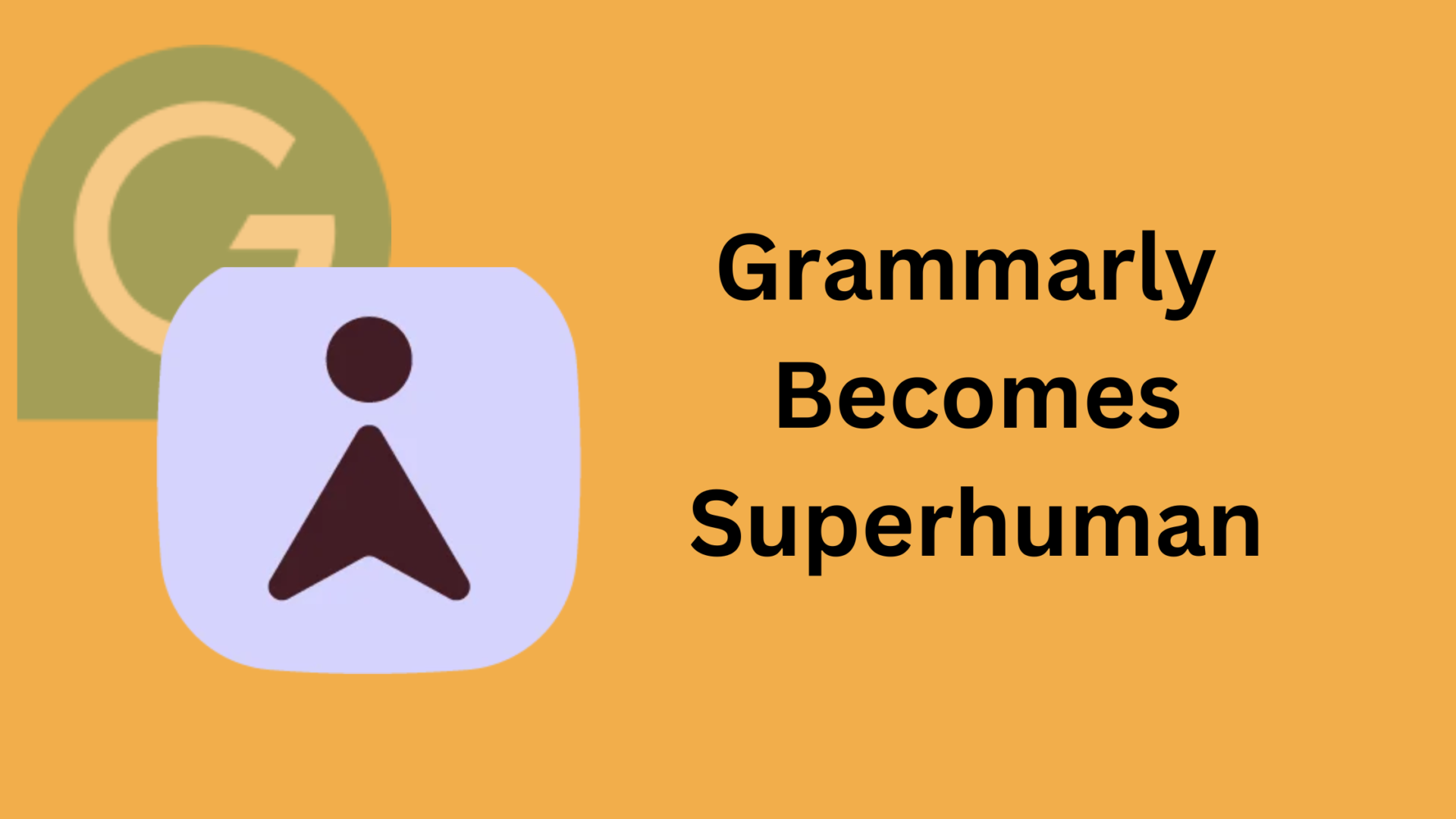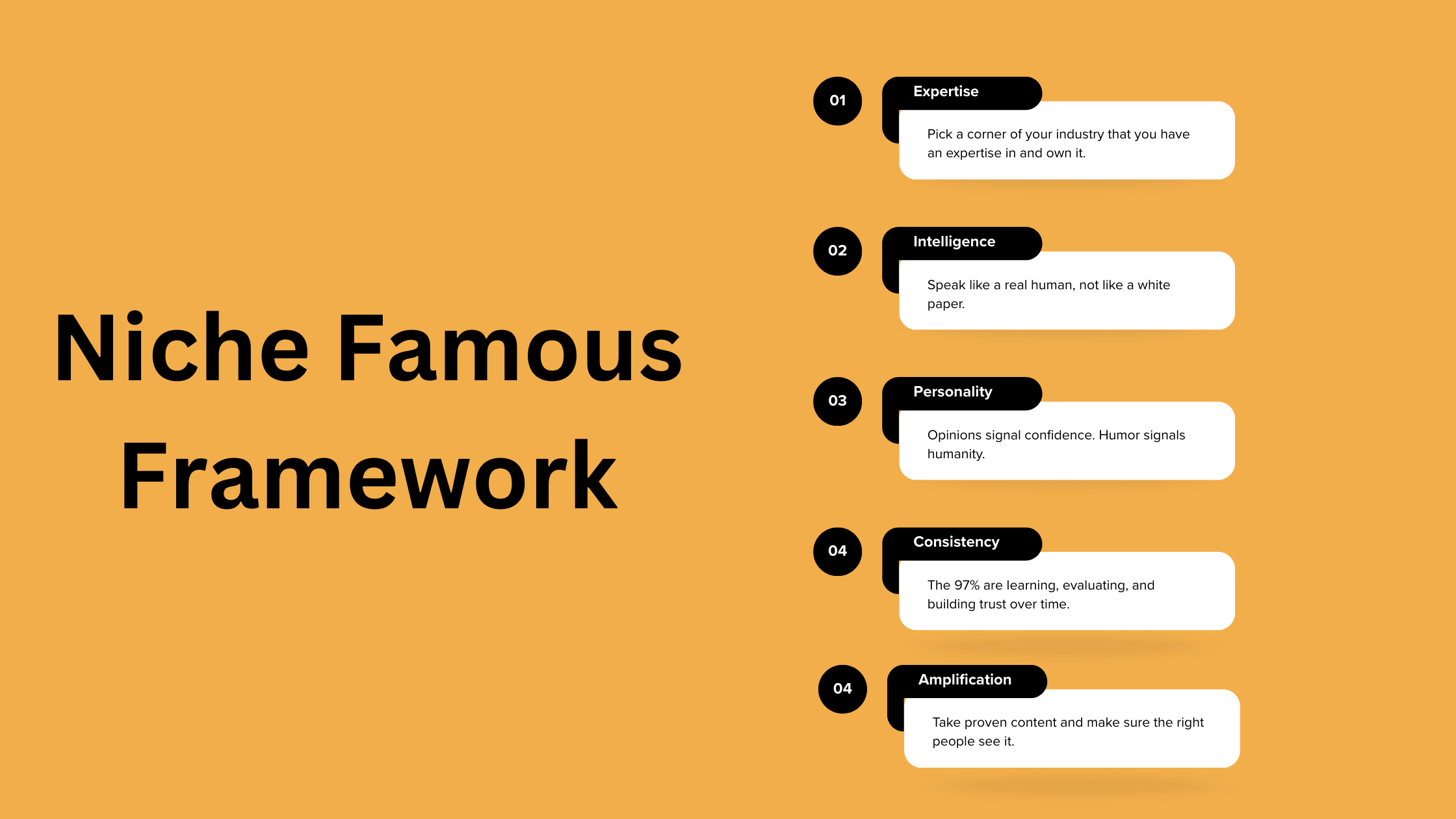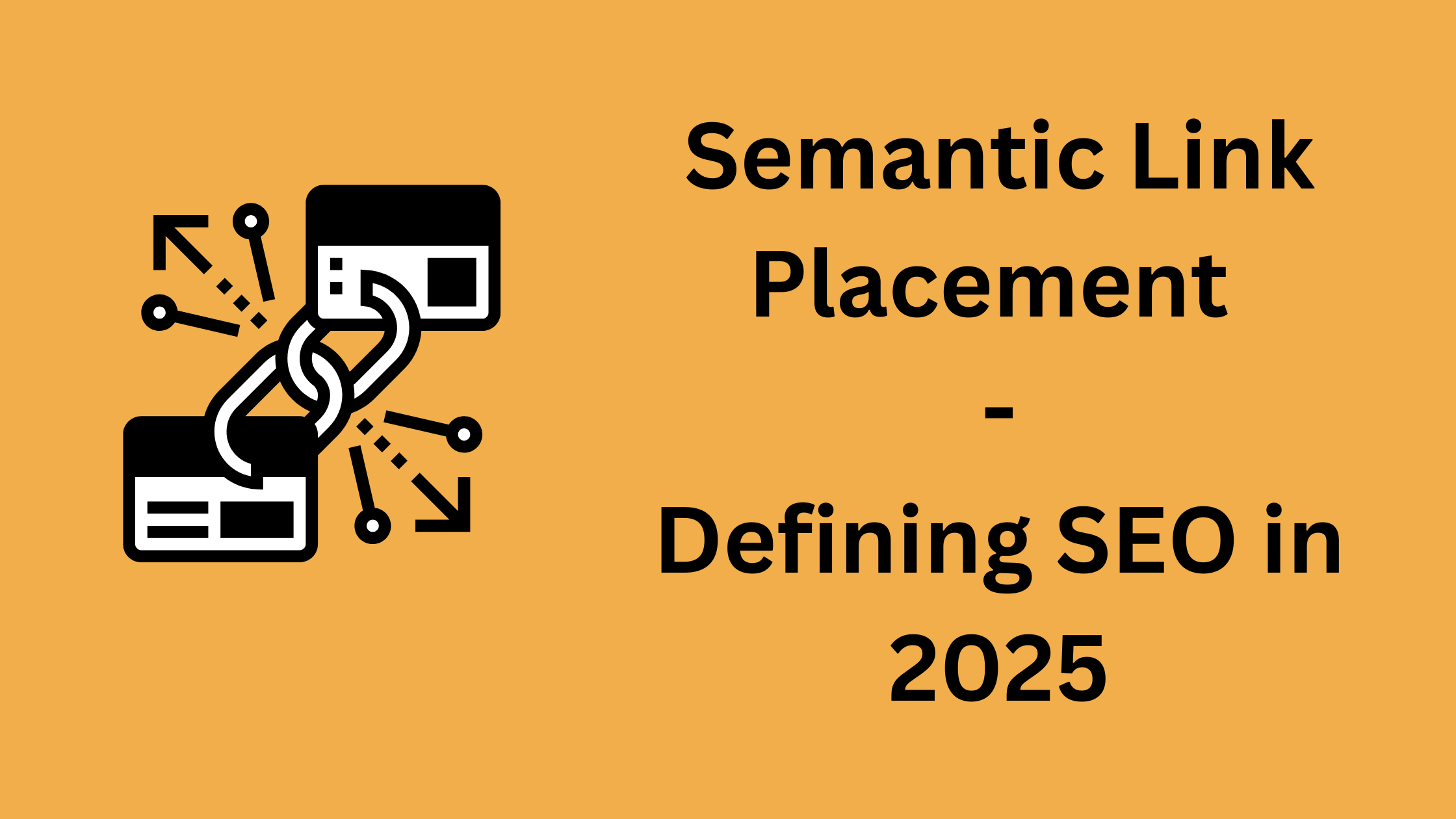In the world of tech, giants swallow startups.
It’s the natural order.
But on October 29, 2025, something strange happened. Grammarly, acquired Superhuman for $13 billion valuation, and then took its identity.
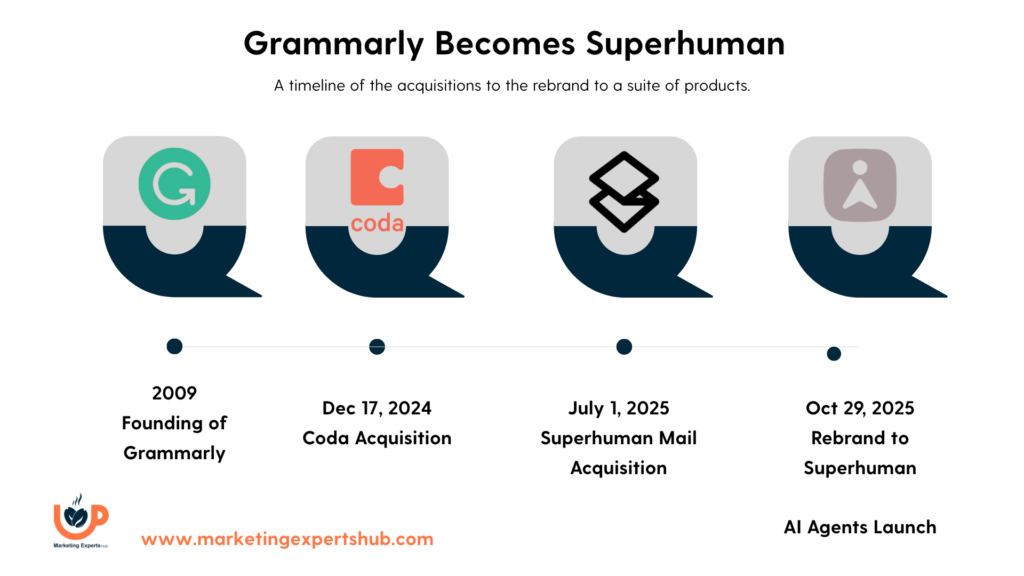
This brilliant and unconventional strategy by Grammarly is, in my opinion, a move to stay relevant and evolve when your main product has become a commodity in the era of AI.
The Problem with Grammarly
For years, the name “Grammarly” was perfect. It was clear, trusted, and known by millions. But the rise of generative AI changed everything.
Suddenly, grammar checking was a feature, not a company.
The brand had become a liability.
New CEO Shishir Mehrotra put it bluntly:
“Grammarly is a misunderstood product”
The Superhuman Strategy
Grammarly’s transformation happened in two bold steps.
Step 1: Acquiring a New Brain (Coda)
On December, 2024, Grammarly announced it would acquire Coda, an all-in-one AI workspace. As part of the deal, Coda’s CEO, Shishir Mehrotra, became the new CEO of Grammarly. That’s an acquihire, folks!
Grammarly bought a new vision.
Step 2: Acquiring a New Positioning (Superhuman Mail)
Seven months later, on July 1, 2025, Grammarly acquired Superhuman. Email is the #1 place people used Grammarly, making it the perfect platform for the company’s future.
More importantly, the acquisition provided the final puzzle piece: a new name. The name “Superhuman” perfectly captured the mission of amplifying human ability.
No one saw what was coming!
| Date | Event | Strategic Significance |
| Dec 17, 2024 | Grammarly acquires Coda | Acquires a New Brain: Installs a new CEO and a vision for an all-in-one AI workspace. |
| July 1, 2025 | Grammarly acquires Superhuman | Acquires a New Name: Secures a critical platform (email) and the future corporate brand. |
| Oct 29, 2025 | Rebrands to Superhuman Platform Inc. | Launches a New Identity: Unifies all assets under a new mission and introduces the Superhuman Suite. |
The New Identity: The Superhuman Suite
The rebrand launched the Superhuman Suite, a single subscription that bundles all the pieces together. The goal is to close the “AI productivity gap” where users waste time switching between tools.
This brand structure is similar to how Google operates under Alphabet or Facebook under Meta. The famous product names remain, but the parent company signals a much bigger ambition.
| Product | Core Function | Key Features |
| Grammarly | Your trusted AI writing partner. | Correctness suggestions, tone detection, sentence rewrites, plagiarism checks, and fluency suggestions. |
| Coda | The all-in-one AI workspace for teams. | Collaborative docs, tables, charts, Kanban boards, and syncing data from apps like Jira, GitHub, and Figma. |
| Superhuman Mail | The intelligent, AI-native inbox. | AI-powered organization, instant AI draft replies, CRM integrations, reminders, and team collaboration features. |
| Superhuman Go | The proactive AI companion that works everywhere. | AI chat across 100+ apps, proactive suggestions, and automation of tasks like scheduling meetings and filing bug reports. |
Meet Your New AI Co-Workers: The Agent Store
The most exciting part of the launch is Superhuman Go’s team of AI “agents.”
Here are a few examples of what they can do:
- Email with complete context: As you reply to a customer, one agent pulls their account details from Salesforce while another flags a recent support ticket from Jira, giving you all the context you need without ever leaving your draft.
- Automate meeting prep: Before your weekly one-on-one, an agent can automatically summarize last week’s notes, list your action items, and outline the topics you planned to discuss.
- Get real-time coaching: An agent from partner Radical Candor can give you live feedback on your communication style, helping you write with directness and kindness.
- End unproductive chats: If a Slack thread is going in circles, Go can recognize it, check everyone’s calendars, find a free slot, and schedule a meeting—all within the chat window.
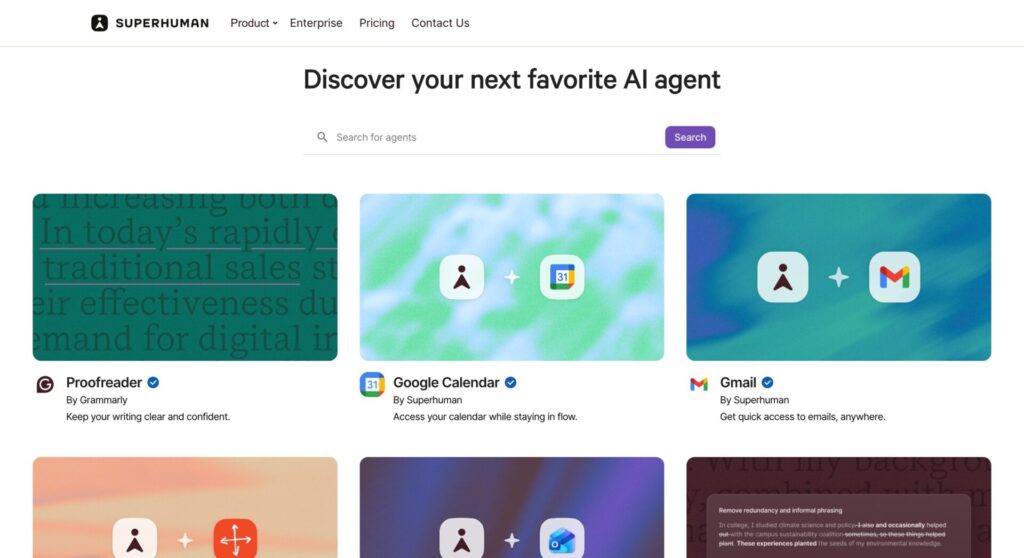
By acquiring its way into a new identity, the company formerly known as Grammarly has made a bold bet on the future of AI. It was a high-stakes pivot, trading a household name for a chance to redefine how we work.
A Good Move?
Whether you think it’s a good or bad move, it has made splashes in major media, and attention is on them right now.
Grammarly was losing the fight.
I stopped using it as well, and moved to ChatGPT to correct grammar, it nailed 90% of the quality for free.
Grammarly was becoming irrelevant.
This is a Repositioning
It would be wrong to view this move as a re-brand.
This is a strategic repositioning, keeping the company relevant in the era of AI, and raising excitement (hype) for their products.
It’s a good business move, in my opinion. Whether it’s going to be profitable, or a great product, the future will be the judge of it!
Nick Malekos is the Head of Growth & Demand Generation at Cyberbit, with a background in SEO, Content Marketing, and Performance. He is specializing in helping SaaS startups and scale-ups grow.
- Nick Malekoshttps://marketingexpertshub.com/author/nick-malekos/
- Nick Malekoshttps://marketingexpertshub.com/author/nick-malekos/
- Nick Malekoshttps://marketingexpertshub.com/author/nick-malekos/
- Nick Malekoshttps://marketingexpertshub.com/author/nick-malekos/

